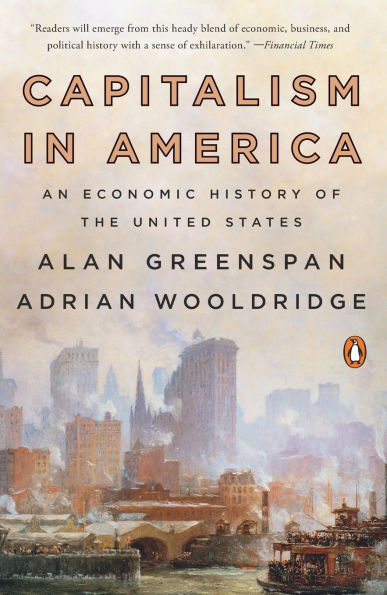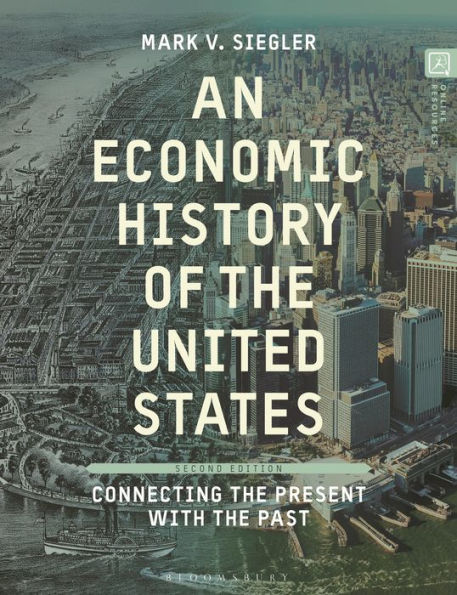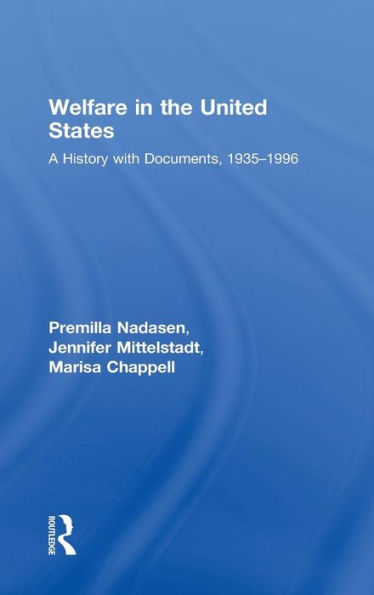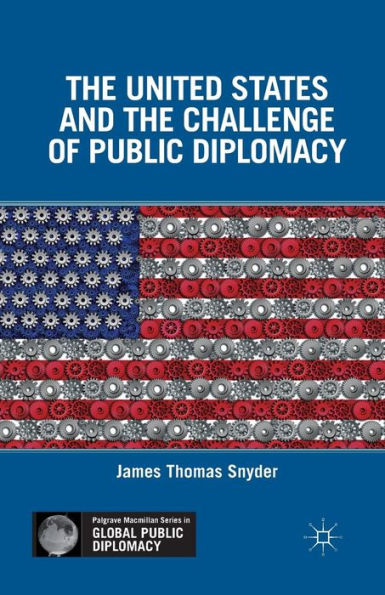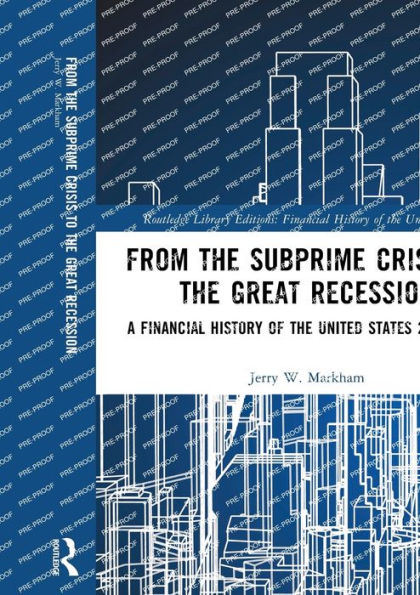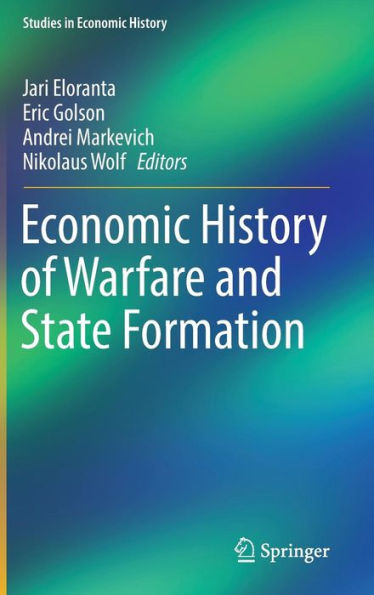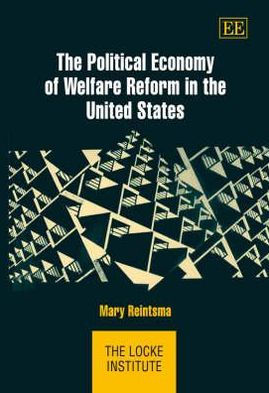Home
Economics and the Public Welfare: A Financial Economic History of United States, 1914-1946
Barnes and Noble
Loading Inventory...
Economics and the Public Welfare: A Financial Economic History of United States, 1914-1946 in Bloomington, MN
Current price: $14.50

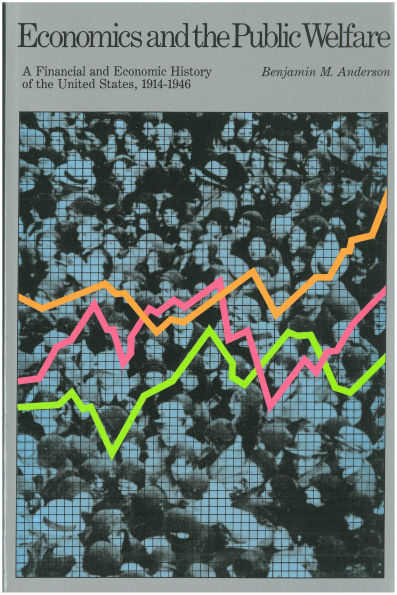
Economics and the Public Welfare: A Financial Economic History of United States, 1914-1946 in Bloomington, MN
Current price: $14.50
Loading Inventory...
Size: Paperback
In the turbulent years between passage of the Federal Reserve Act (1913) and the Bretton Woods Agreement (1945), the peoples of the Western world suffered two world wars, two major and several minor international financial panics, an epidemic of currency devaluations and debt repudiations, civil wars, and revolutions.
No period in history could serve better as a case study for the analysis of applied economic policy. No one could have been better situated to write that study than Benjamin M. Anderson. From his vantage point as economist for the Chase Manhattan Bank and editor of the Chase Economic Bulletin, who participated in much of what he records, Dr. Anderson here describes the climactic events of a turbulent era.
Benjamin M. Anderson
(1886–1949) was a scholar, historian, banker, financier, and economist. After receiving his Ph.D. in economics, philosophy, and sociology from Columbia Universityin 1911, he taught economics at Harvard University. In 1918, he entered banking as Economic Advisor to the National Bank of Commerce in New York, and later became an economist for the Chase Manhattan Bank and editor of the Chase Economic Bulletin. He also served as President of the Economists’ National Committee on Monetary Policy.
Arthur Kemp
was Professor Emeritus of Economics at Claremont McKenna College.
No period in history could serve better as a case study for the analysis of applied economic policy. No one could have been better situated to write that study than Benjamin M. Anderson. From his vantage point as economist for the Chase Manhattan Bank and editor of the Chase Economic Bulletin, who participated in much of what he records, Dr. Anderson here describes the climactic events of a turbulent era.
Benjamin M. Anderson
(1886–1949) was a scholar, historian, banker, financier, and economist. After receiving his Ph.D. in economics, philosophy, and sociology from Columbia Universityin 1911, he taught economics at Harvard University. In 1918, he entered banking as Economic Advisor to the National Bank of Commerce in New York, and later became an economist for the Chase Manhattan Bank and editor of the Chase Economic Bulletin. He also served as President of the Economists’ National Committee on Monetary Policy.
Arthur Kemp
was Professor Emeritus of Economics at Claremont McKenna College.
In the turbulent years between passage of the Federal Reserve Act (1913) and the Bretton Woods Agreement (1945), the peoples of the Western world suffered two world wars, two major and several minor international financial panics, an epidemic of currency devaluations and debt repudiations, civil wars, and revolutions.
No period in history could serve better as a case study for the analysis of applied economic policy. No one could have been better situated to write that study than Benjamin M. Anderson. From his vantage point as economist for the Chase Manhattan Bank and editor of the Chase Economic Bulletin, who participated in much of what he records, Dr. Anderson here describes the climactic events of a turbulent era.
Benjamin M. Anderson
(1886–1949) was a scholar, historian, banker, financier, and economist. After receiving his Ph.D. in economics, philosophy, and sociology from Columbia Universityin 1911, he taught economics at Harvard University. In 1918, he entered banking as Economic Advisor to the National Bank of Commerce in New York, and later became an economist for the Chase Manhattan Bank and editor of the Chase Economic Bulletin. He also served as President of the Economists’ National Committee on Monetary Policy.
Arthur Kemp
was Professor Emeritus of Economics at Claremont McKenna College.
No period in history could serve better as a case study for the analysis of applied economic policy. No one could have been better situated to write that study than Benjamin M. Anderson. From his vantage point as economist for the Chase Manhattan Bank and editor of the Chase Economic Bulletin, who participated in much of what he records, Dr. Anderson here describes the climactic events of a turbulent era.
Benjamin M. Anderson
(1886–1949) was a scholar, historian, banker, financier, and economist. After receiving his Ph.D. in economics, philosophy, and sociology from Columbia Universityin 1911, he taught economics at Harvard University. In 1918, he entered banking as Economic Advisor to the National Bank of Commerce in New York, and later became an economist for the Chase Manhattan Bank and editor of the Chase Economic Bulletin. He also served as President of the Economists’ National Committee on Monetary Policy.
Arthur Kemp
was Professor Emeritus of Economics at Claremont McKenna College.
